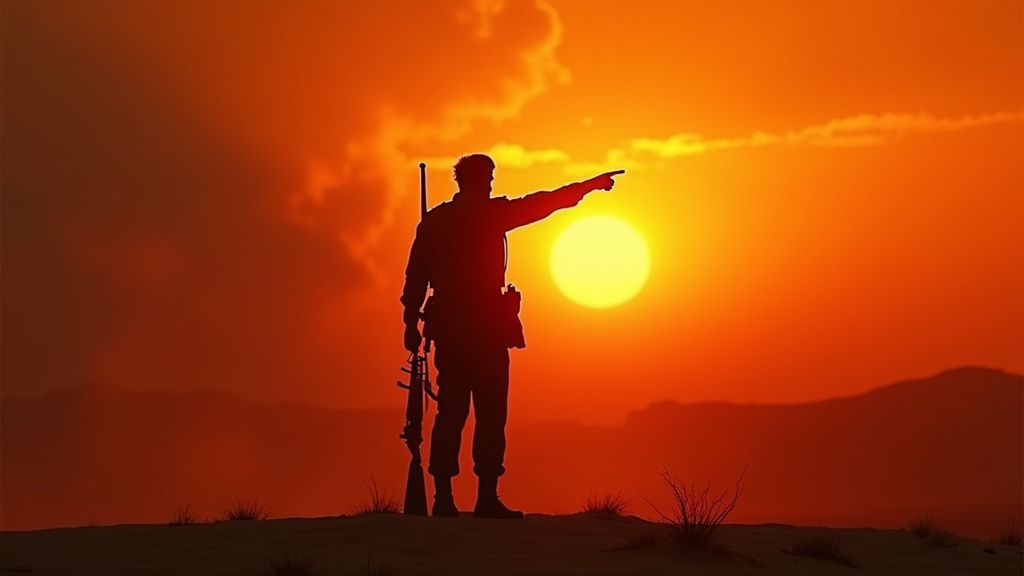GENEVA — The head of the global atomic watchdog issued a stark warning on Friday, June 20, 2025, predicting a potential “nuclear catastrophe” in West Asia if ongoing hostilities between Israel and Iran target sensitive nuclear infrastructure. Rafael Grossi, Director General of the International Atomic Energy Agency (IAEA), delivered the urgent caution to the United Nations Security Council, highlighting the perilous trajectory of the current conflict.
Grossi’s intervention comes amidst a week-long Israeli military campaign directed at targets within Iran. This campaign has reportedly included strikes on sites related to Iran’s nuclear program, significantly escalating regional tensions and drawing international alarm.
Escalating Conflict and Nuclear Safety Concerns
The core of Director General Grossi’s warning centered on Iran’s southern nuclear plant in Bushehr. He emphasized that a military strike on this facility could trigger a devastating nuclear incident with far-reaching consequences for the region and potentially beyond. While acknowledging the risks posed by attacks on any nuclear-related site, the specific mention of the Bushehr power plant underscores the unique danger associated with facilities containing large amounts of radioactive material, even if intended for civilian energy production.
The IAEA’s mandate involves monitoring nuclear programs to ensure they are exclusively for peaceful purposes and promoting nuclear safety and security worldwide. Grossi’s address to the Security Council reflects the agency’s deep concern that the military conflict is now encroaching upon areas with potential nuclear implications, raising the specter of an accidental or intentional release of radiation.
Crucially, Grossi provided an update on the immediate aftermath of recent strikes. He confirmed that as of his briefing to the U.N. Security Council, the agency had not detected any radiation resulting from the recent attacks on Iranian nuclear sites. This statement, while providing a measure of immediate reassurance regarding radiation levels, did not mitigate the overall concern about the potential for future, more severe incidents as the conflict persists.
Diplomatic Efforts and Human Toll
The escalating military actions have also spurred diplomatic activity. In parallel to the UN discussions, European leaders have reportedly been engaged in meetings with Iran’s foreign minister, attempting to de-escalate the situation and find a path towards a diplomatic resolution. These efforts highlight the international community’s anxiety over the potential for the conflict to widen and the severe repercussions it is already having.
The human cost of the week of intense fighting has been tragically significant on both sides. Casualty figures circulating from the conflict period paint a grim picture. Reports indicate that at least 23 people have been injured and 24 killed within Israel. In Iran, the reported casualties are considerably higher, with at least 657 people killed during the same period. These figures underscore the devastating impact the week-long hostilities have had on civilian populations and military personnel alike.
The American Dimension
The regional crisis is also unfolding against a backdrop of political developments in the United States concerning Iran. Former U.S. President Trump is reportedly expected to make a decision regarding potential actions against Iran within the next two weeks. The nature of these potential actions was not specified, but any significant policy shift or military consideration from Washington could further influence the dynamics of the already volatile situation in West Asia. The prospect of a potential U.S. involvement or significant policy change adds another layer of complexity to the ongoing crisis.
Regional Stability Hanging in the Balance
The current situation represents one of the most dangerous junctures in the long-standing animosity between Israel and Iran. The direct military confrontations, combined with the explicit targeting of sites potentially linked to nuclear activities, have pushed the region closer to a large-scale conflict than it has been in recent memory. The warning from the IAEA Director General serves as a stark reminder of the unique and potentially irreversible risks associated with military conflict in a region where nuclear programs exist.
International focus remains heavily on the de-escalation efforts and monitoring of any further military moves. The coming days and weeks are critical, particularly as the conflict continues and with the anticipated decision from former President Trump looming. The international community, through bodies like the UN Security Council and diplomatic channels involving European leaders, is grappling with how to prevent the current crisis from spiraling into the very catastrophe that Director General Grossi has warned against.





